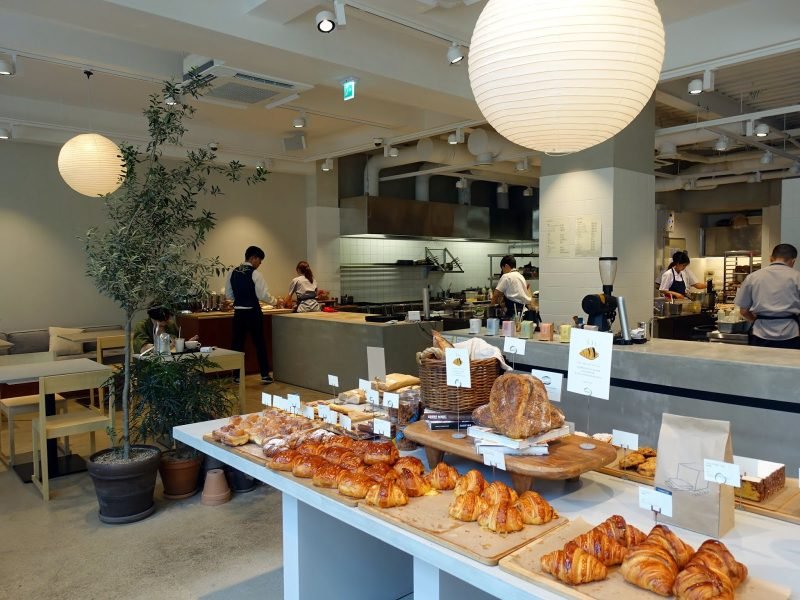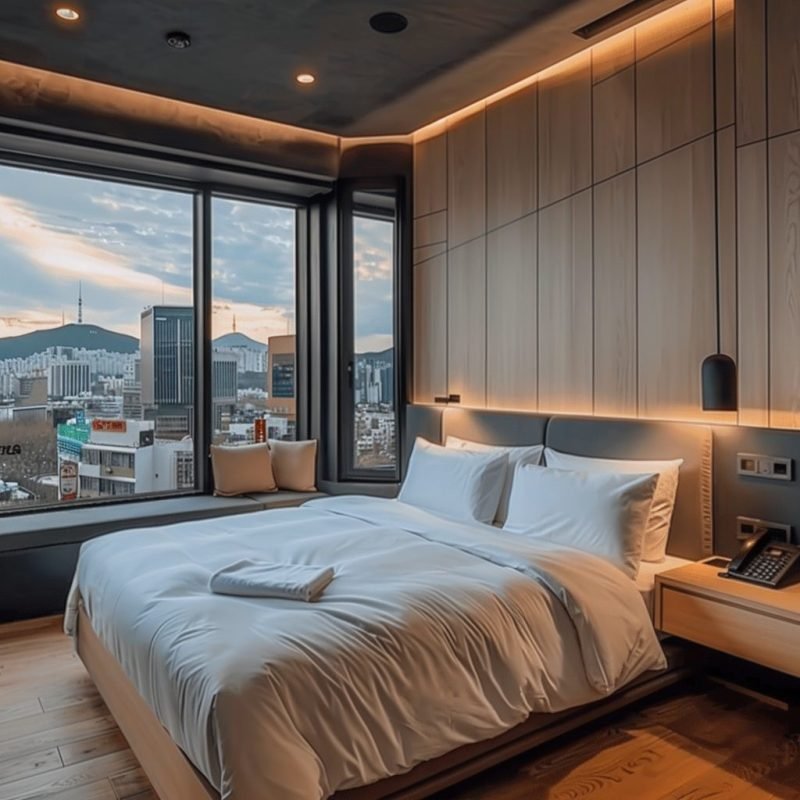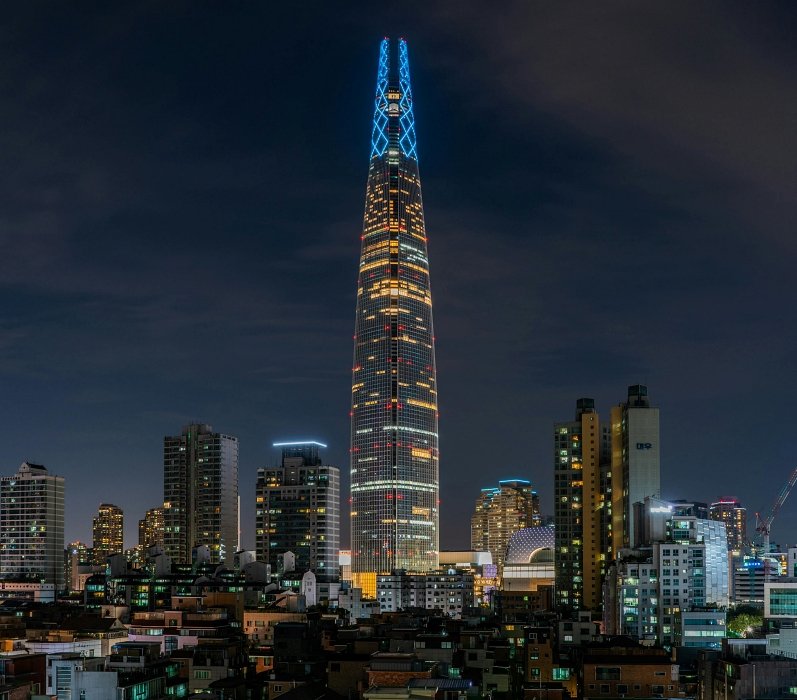Introduction
Seoul, the vibrant heart of South Korea, stands as a testament to the nation’s rich heritage and its dynamic leap into the future. As a cultural and economic powerhouse, Seoul captivates visitors with its seamless blend of ancient traditions and cutting-edge technology. The city’s skyscrapers, bustling markets, and serene palaces offer a glimpse into the country’s complex identity. However, the essence of South Korea stretches far beyond Seoul’s city limits. Exploring the areas surrounding Seoul presents a unique opportunity to delve deeper into the country’s diverse landscapes, historical narratives, and cultural richness, providing a more comprehensive understanding of South Korea.
Historical and Cultural Excursions
Suwon
Just a short train ride south of Seoul lies Suwon, a city that harmoniously blends history with modernity. The crown jewel of Suwon is the Hwaseong Fortress, a UNESCO World Heritage site that encircles the heart of the city. This 18th-century fortress, with its impressive stone walls and intricately designed gates, offers a fascinating glimpse into Korea’s past. Visitors can walk along the fortress walls, enjoying panoramic views of the city and learning about the architectural innovations of the Joseon Dynasty.
For those looking to immerse themselves in traditional Korean culture, Suwon does not disappoint. Engaging in traditional archery within the fortress grounds is a must-try experience, allowing visitors to connect with ancient practices. Moreover, the Suwon Hwaseong Cultural Festival, held annually, celebrates the rich history of the area with reenactments, parades, and traditional performances, making it a perfect time to visit.
 Incheon
Incheon
To the west of Seoul, Incheon offers a unique blend of history, culture, and modern development. Known for its pivotal role in modern Korean history, particularly during the Incheon Landing, the city also boasts a vibrant Chinatown, the largest in South Korea. Walking through its colorful streets, visitors can taste various Chinese-Korean delicacies and explore the cultural fusion that characterizes the area.
A visit to Incheon would not be complete without a trip to Wolmido Island, accessible by a short drive or bus ride from the city center. Once a strategic point for military defense, Wolmido Island is now a popular leisure destination. It features a quaint amusement park, ideal for families, and historical parks that narrate the island’s past. The Wolmi Traditional Park, in particular, offers a serene escape with its beautifully landscaped gardens, traditional pavilions, and cultural exhibitions.
Nature and Scenic Getaways
 Nami Island
Nami Island
Nami Island, or Namiseom, is an enchanting haven located in the middle of the Han River, easily accessible from Seoul and famed for its surreal beauty across seasons, particularly during autumn and spring. In autumn, the island is awash with the golden and red hues of turning leaves, while spring brings a delicate blanket of cherry blossoms, making it a photographer’s paradise. The island has become synonymous with romance and tranquility, partly due to its feature in the popular Korean drama “Winter Sonata.”
Activities on Nami Island cater to all ages and interests. Visitors can explore its scenic landscapes by renting bicycles, an ideal way to take in the island’s full splendor at a leisurely pace. For the more adventurous, zip-lining offers an exhilarating entrance to the island, providing a bird’s eye view of the stunning scenery below. Nami Island is also known for its cultural festivals, including the Nami Island International Children’s Book Festival, which celebrates children’s literature and promotes the joy of reading among visitors of all ages.
 Gapyeong
Gapyeong
Close to Nami Island, Gapyeong County is a treasure trove of natural beauty and unique attractions. The Garden of Morning Calm is a must-visit, offering serene landscapes that blend traditional Korean garden aesthetics with modern sensibilities. This garden provides a peaceful retreat with its meticulously curated plant collections, water features, and walking paths, especially enchanting during the light festival in winter.
Another gem in Gapyeong is Petit France, a small village that captures the charm of the French countryside. This cultural village, dedicated to the Little Prince, is dotted with brightly colored buildings, offering performances, exhibitions, and experiences that transport visitors to France. Both the Garden of Morning Calm and Petit France are perfect for those seeking a blend of nature and culture, with plenty of opportunities for photography, leisure, and exploration.
Adventure and Leisure
 Paju
Paju
Situated near the border with North Korea, Paju offers a unique mix of historical depth and cultural vibrancy. A visit to the Demilitarized Zone (DMZ) provides a poignant reminder of the Korean War and the ongoing divide between North and South Korea. Tours of the DMZ often include visits to the Joint Security Area (JSA), the Third Infiltration Tunnel, and the Dora Observatory, where visitors can glimpse into North Korea and learn about the current geopolitics affecting the peninsula.
Paju is also home to the Heyri Art Valley, a creative community where artists, writers, and architects have come together to create a space dedicated to culture, art, and architecture. Visitors can explore art galleries, museums, and studios, enjoying the peaceful atmosphere and architectural marvels. Heyri Art Valley is a testament to South Korea’s commitment to combining leisure with artistic and intellectual pursuits.
 Yongin
Yongin
Yongin, a city located south of Seoul, is renowned for hosting Everland Resort, South Korea’s largest theme park. Everland offers a wide array of attractions, including thrilling rides, seasonal festivals, a zoo, and beautifully themed gardens, making it a perfect destination for families and thrill-seekers alike.
Not far from the excitement of Everland is the Korean Folk Village, which offers a glimpse into Korea’s rich heritage. This open-air museum recreates traditional Korean villages, allowing visitors to experience life during the Joseon Dynasty. Through live performances, craft demonstrations, and traditional games, the Korean Folk Village provides an immersive journey into Korea’s past, complementing the modern thrills of Everland with a dose of cultural education and nostalgia.
Gastronomic Journeys
 Icheon
Icheon
Situated southeast of Seoul, Icheon is a city celebrated for its superior quality rice and rich tradition of ceramic artistry. The region’s fertile land yields rice that is renowned throughout South Korea, making it an essential destination for those looking to explore the country’s culinary roots. Visitors can indulge in a variety of rice-based dishes that highlight the grain’s exceptional flavor and texture. Local restaurants pride themselves on using this staple ingredient to create meals that offer a taste of the region’s agricultural heritage.
Beyond its culinary delights, Icheon is also a hub for pottery and ceramics, with a history that stretches back over a thousand years. The city hosts the Icheon Ceramics Festival every year, where visitors can experience the local pottery culture firsthand. Workshops and studios offer classes where participants can try their hand at pottery making, providing a unique opportunity to engage with one of Korea’s most esteemed traditional crafts.
 Jeonju
Jeonju
Jeonju, located in the southwestern part of the peninsula, is often referred to as the food capital of South Korea. While it may require a bit more travel time from Seoul, the city is a must-visit for any food enthusiast. Jeonju is the birthplace of bibimbap, one of Korea’s most iconic dishes. This mixed rice bowl, featuring a variety of vegetables, meat, a fried egg, and gochujang (Korean chili paste), perfectly embodies the balance and harmony of Korean cuisine. The city’s Jeonju Hanok Village, with its traditional Korean houses, provides a picturesque backdrop for sampling the local fare, including not only bibimbap but also kongnamul gukbap (bean sprout soup with rice) and choco pies.
The Hanok Village also allows visitors to step back in time and appreciate traditional Korean architecture. The area is dotted with tea houses, artisan shops, and cultural centers, offering a comprehensive cultural experience that extends well beyond the culinary.
Seaside Escapes
 Gangneung
Gangneung
On the eastern coast of Korea, Gangneung offers a refreshing change of pace with its stunning beaches and vibrant coffee culture. The city’s coastline features beautiful sandy beaches where visitors can relax and enjoy the scenic views of the East Sea. Anmok Beach, in particular, is famous for its Coffee Street, lined with cafes offering a wide selection of coffee brews, highlighting the city’s unique coffee culture that has grown in popularity in recent years.
Gangneung is also home to the Ojukheon House, one of the oldest wooden residential buildings in Korea. This historic site provides insight into the life of Yi I, a prominent Confucian scholar, and features beautifully maintained gardens and traditional architecture. Additionally, the city played a significant role in the 2018 Winter Olympics, and visitors can explore the Olympic Park and facilities, including the Gangneung Ice Arena and the Oval.
 Daecheon Beach
Daecheon Beach
Located on the west coast, Daecheon Beach is renowned for its expansive sandy shoreline, making it a popular destination for both locals and tourists. The beach is especially famous for hosting the annual Boryeong Mud Festival, an event that attracts visitors from all over the world. During the festival, participants can enjoy mud baths, mudslides, and various mud-related activities, celebrating the mud’s purported health benefits for the skin.
Outside the festival period, Daecheon Beach remains a delightful spot for leisure and relaxation. The wide, flat beach is ideal for long walks, and the shallow waters make it a safe swimming destination. Visitors can also enjoy fresh seafood at the local restaurants, offering a taste of the region’s marine bounty.
Planning Your Day Trip
Exploring the areas surrounding Seoul is made remarkably easy thanks to South Korea’s efficient and comprehensive transportation network. Whether you prefer the speed of trains, the flexibility of buses, or the freedom of a rental car, you have multiple options to tailor your day trip to your preferences.
Trains : South Korea’s train system, led by the Korea Train Express (KTX), offers fast and convenient service to most major destinations around the country. For closer locations, such as Suwon or Incheon, regular commuter trains (such as the Seoul Metropolitan Subway) provide frequent and affordable services. Trains are a reliable option for avoiding traffic and enjoying a scenic route.
Buses : Intercity buses connect Seoul to virtually every corner of the country, offering a cost-effective way to reach your destination. Bus terminals like Seoul Express Bus Terminal and Central City Bus Terminal are hubs from which you can find buses to major and minor cities. Buses may offer more flexibility in terms of destinations, even reaching places not accessible by train.
Rental Cars : For those who prefer to explore at their own pace, renting a car is an excellent option. Having your own vehicle allows for stops at lesser-known attractions and scenic spots along the way. South Korea’s roads are well-maintained, and signage in both Korean and English makes navigation straightforward for international visitors.
Maximizing Your Day Trip Experience:
Early Departures : To make the most of your day, start early. This not only helps in avoiding the crowds at popular attractions but also gives you more time to explore.
Local Tour Guides : Consider hiring a local tour guide for destinations with rich historical or cultural significance. Guides can provide insights and stories that you might not discover on your own, enriching your understanding of the place.
Preparation : Research your destination beforehand. Knowing about the local cuisine, main attractions, and cultural norms can enhance your visit. Also, check the weather forecast to dress appropriately.
Stay Flexible : While having a plan is important, be open to spontaneous detours. Sometimes, the most memorable experiences come from unexpected discoveries along the way.
Conclusion
Venturing outside of Seoul opens up a world of experiences that showcase the diversity and richness of South Korea. From historical sites and natural wonders to culinary adventures and cultural experiences, there is a vast array of landscapes, cultures, and histories to be explored. The convenience and efficiency of South Korea’s transportation infrastructure make these day trips not only possible but also enjoyable. By stepping beyond the capital, travelers gain a deeper appreciation for the country’s beauty and heritage. Whether you’re a history buff, a nature lover, or a food enthusiast, South Korea’s regions have something unique to offer, inviting you to discover the stories and landscapes that make this country so special.
※ Photo is adapted from Korean tourism organisation, http://korean.visitkorea.or.kr
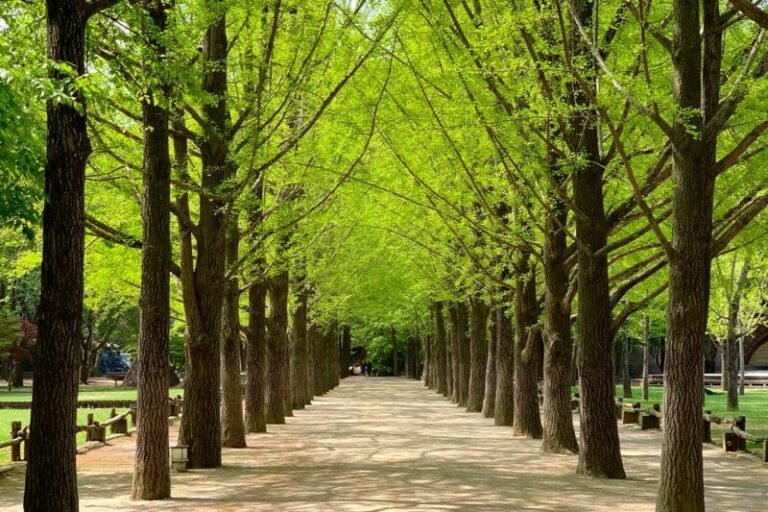
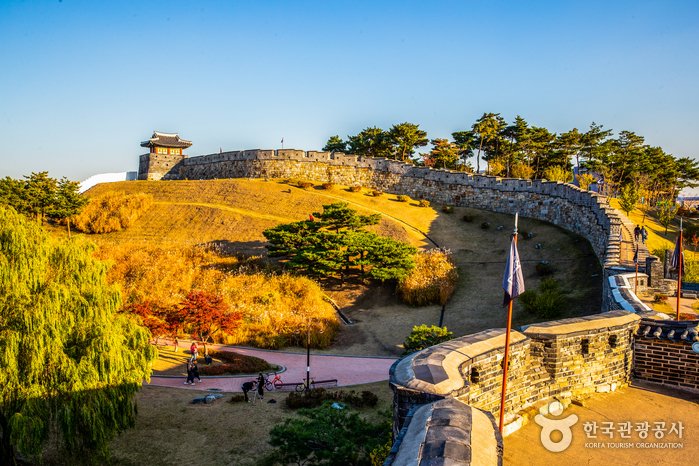
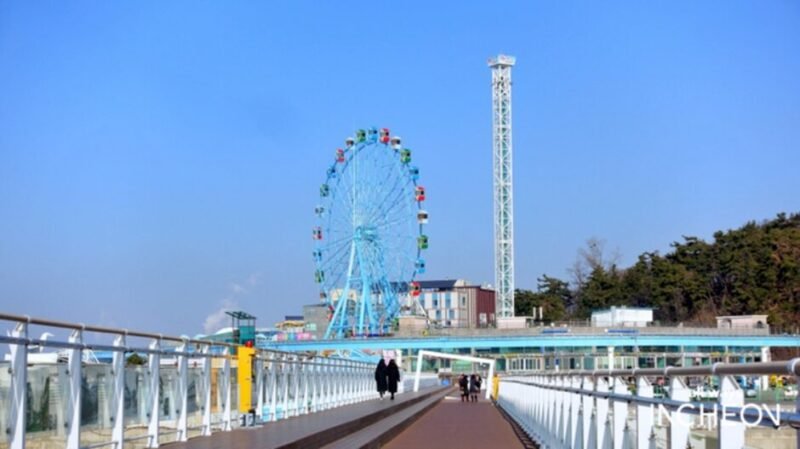 Incheon
Incheon Nami Island
Nami Island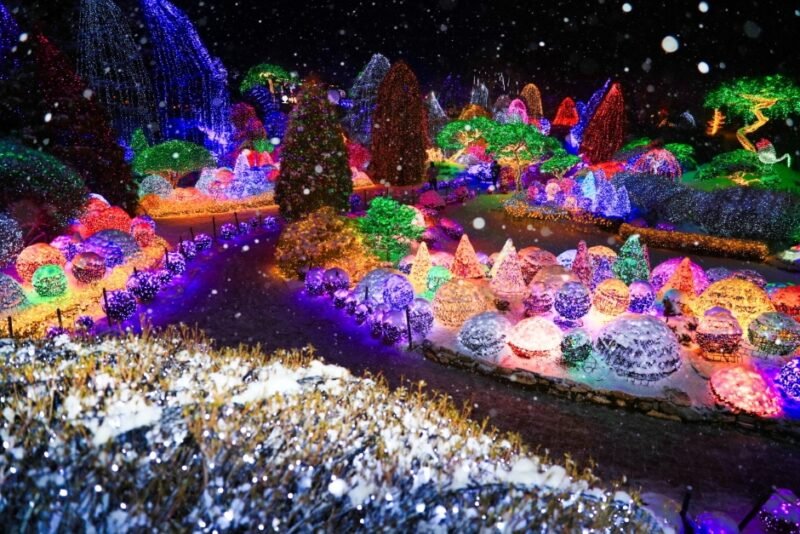 Gapyeong
Gapyeong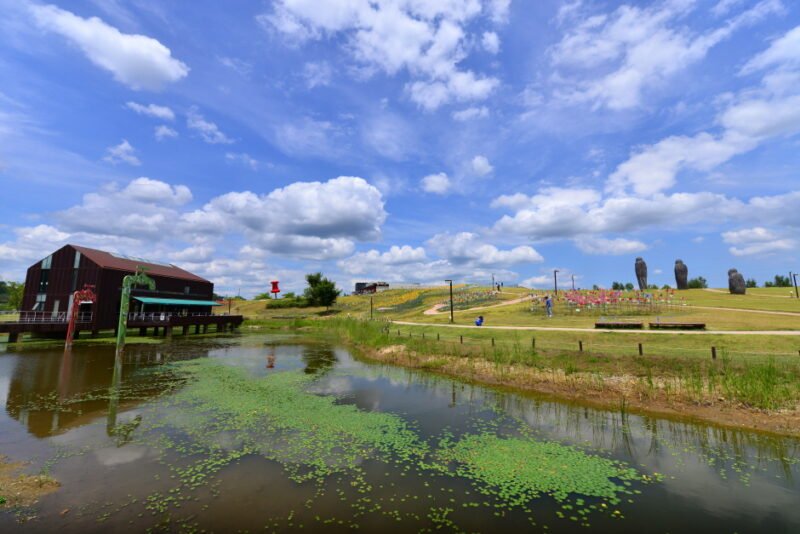 Paju
Paju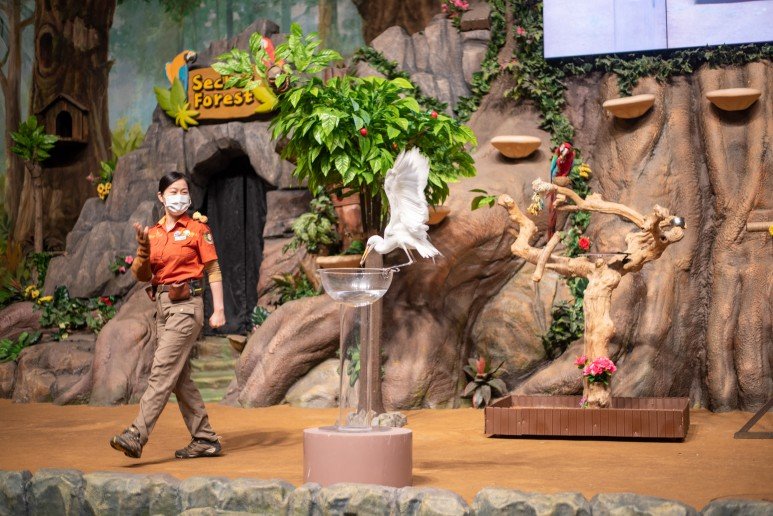 Yongin
Yongin Icheon
Icheon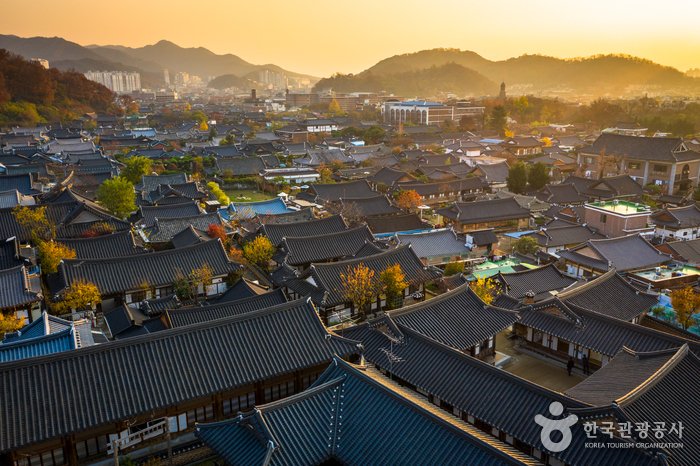 Jeonju
Jeonju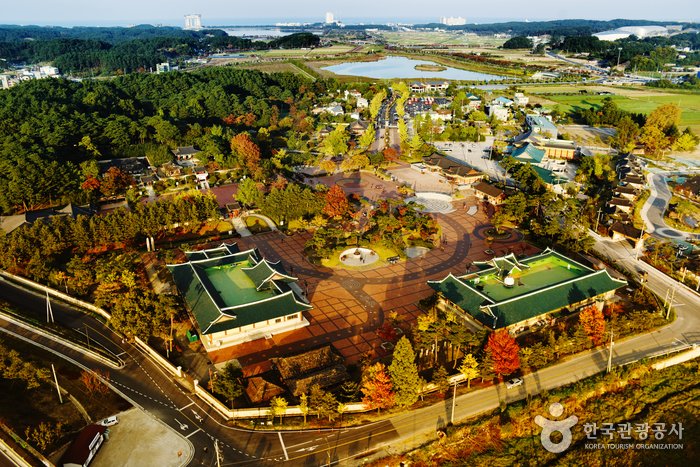 Gangneung
Gangneung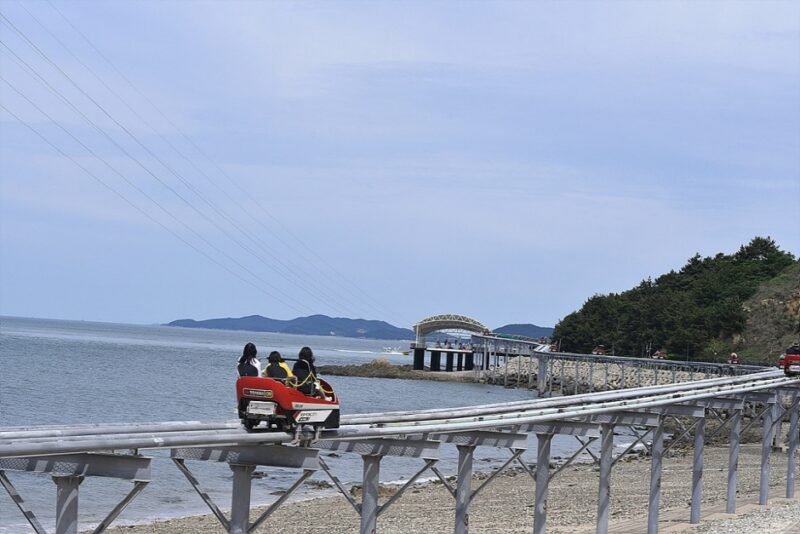 Daecheon Beach
Daecheon Beach